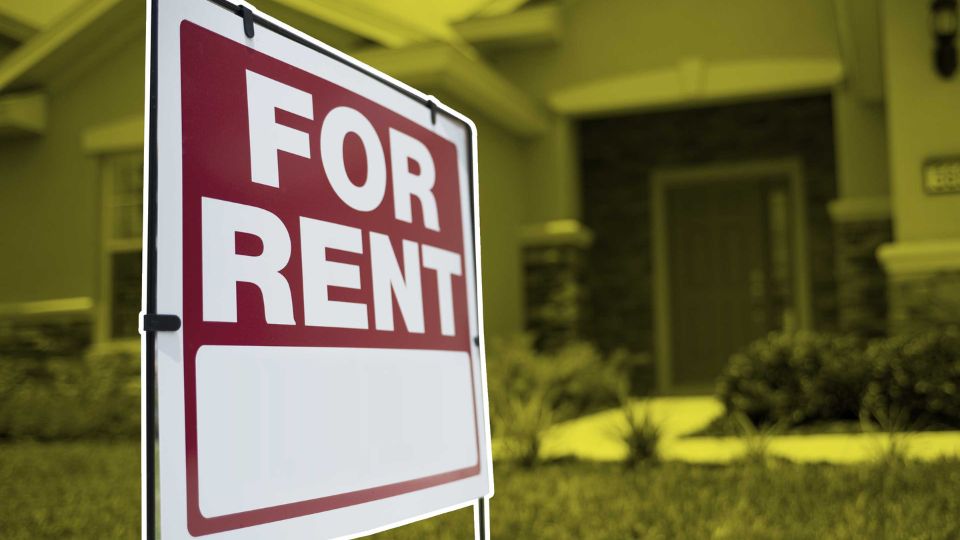The 2018 Realtor, Rental Report states that in every major city in the US, renting is now less expensive than buying a home. According to the survey, the average monthly mortgage payment for a starter home in the main cities in the country was $1,027 in February, which is 60% higher than the monthly rent.
Renting is more economical in Austin than buying a home, making it the most cheap city in the country. Houston comes in at number ten. In the past, purchasing a property was often more advantageous than renting one.
“In all major U.S. markets, renting a home is now a more cost-effective option due to falling rents and rising home costs, which will be further exacerbated by an increase in mortgage rates in the later half of 2023,” stated Realtor.com Chief Economist Danielle Hale. The choice of whether to buy or rent, however, frequently hinges on a consumer’s circumstances and goes beyond a financial benefit.
- IRS Grants Extra Time for 2024 Taxes to Kentucky’s April Storm Survivors
- Fed’s June Meeting: Rate Cuts Not in the Cards: What’s Next?
- Deadline Alert: Michigan Schools Must Act Fast with Federal Stimulus Funds
- How to Access VA Dependent Education Benefits with a 100% Disability Rating
- Big News for SSDI: Social Security Might Add $600 to Payments
While homeowners often mention wanting a residence of their own and to be nearer to family and friends, renters frequently value flexibility. The balance of monthly expenses now favors renting over buying, but renting does not provide the long-term wealth benefits associated with owning a home, so prospective tenants should take their particular circumstances and long-term housing goals into account.
The difficulty for today’s first-time homebuyers is building wealth for a down payment in the wake of significant increases in housing prices in recent years.
Furthermore, mortgage rates for home buyers are significantly higher. In February 2024, the 30-year fixed mortgage rate was still higher than a year earlier—it was 6.78 percent as opposed to 6.26 percent. Mortgage rates were less than 4 percent two or three years ago.
Rent declines also have an impact. Recent years have seen an unprecedented building frenzy by apartment developers, which is driving down rentals.
At now, the National Association of Home Builders reports that over one million apartment units are being built nationwide, marking the highest number since 1973. It will take some time to process the excess supply of new units, even if multifamily starts would decline by 20% by 2024 according to NAHB projections. Until 2025, rents will remain low in the interim.
Also Read: The Owner of Junior’s Restaurant is cheesed off about quality of life in New York
The Realtor study compares the price of renting a range of apartments, as well as single-family homes, townhomes, condos, and houses owned by individual landlords, to the price of purchasing a cheap starting home.
Austin topped the list of locations where renting is more advantageous, with the monthly cost of owning a starter house there costing $3,695—141.5 percent more than the monthly rent of $1,530, for a monthly savings of $2,165.
Houston came in at number ten, where the monthly cost of purchasing a starter house was $2,482, which was eighty percent higher than the $1,379 monthly rent, saving $1,103.
Seattle, Phoenix, San Francisco, and Los Angeles were among the other top markets where renting was preferred above buying. Dallas, San Francisco, Miami, Minneapolis, San Jose, California, and Columbus, Ohio were the metro areas with dwindling rental benefits.
The ten metro areas ranking most in rent compared to buy savings are:
- Austin-Round Rock-Georgetown, Texas – $2,165 monthly rent savings (141.5% difference)
- Seattle-Tacoma-Bellevue, Wash. – $2,422 (121.1%)
- Phoenix-Mesa-Chandler, Ariz. – $1,528 (99.0%)
- San Francisco-Oakland-Berkeley, Calif. – $2,689 (95.5%)
- Los Angeles-Long Beach-Anaheim, Calif. – $2,539 (89.7%)
- San Jose-Sunnyvale-Santa Clara, Calif. – $2,780 (86.7%)
- Nashville-Davidson-Murfreesboro-Franklin, Tenn. – $1,366 (86.0%)
- Portland-Vancouver-Hillsboro, Ore. Wash. – $1,396 (84.4%)
- Sacramento-Roseville-Folsom, Calif. – $1,514 (82.1%)
- Houston-The Woodlands-Sugar Land, Texas – $1,103 (80.0%)



Leave a Reply